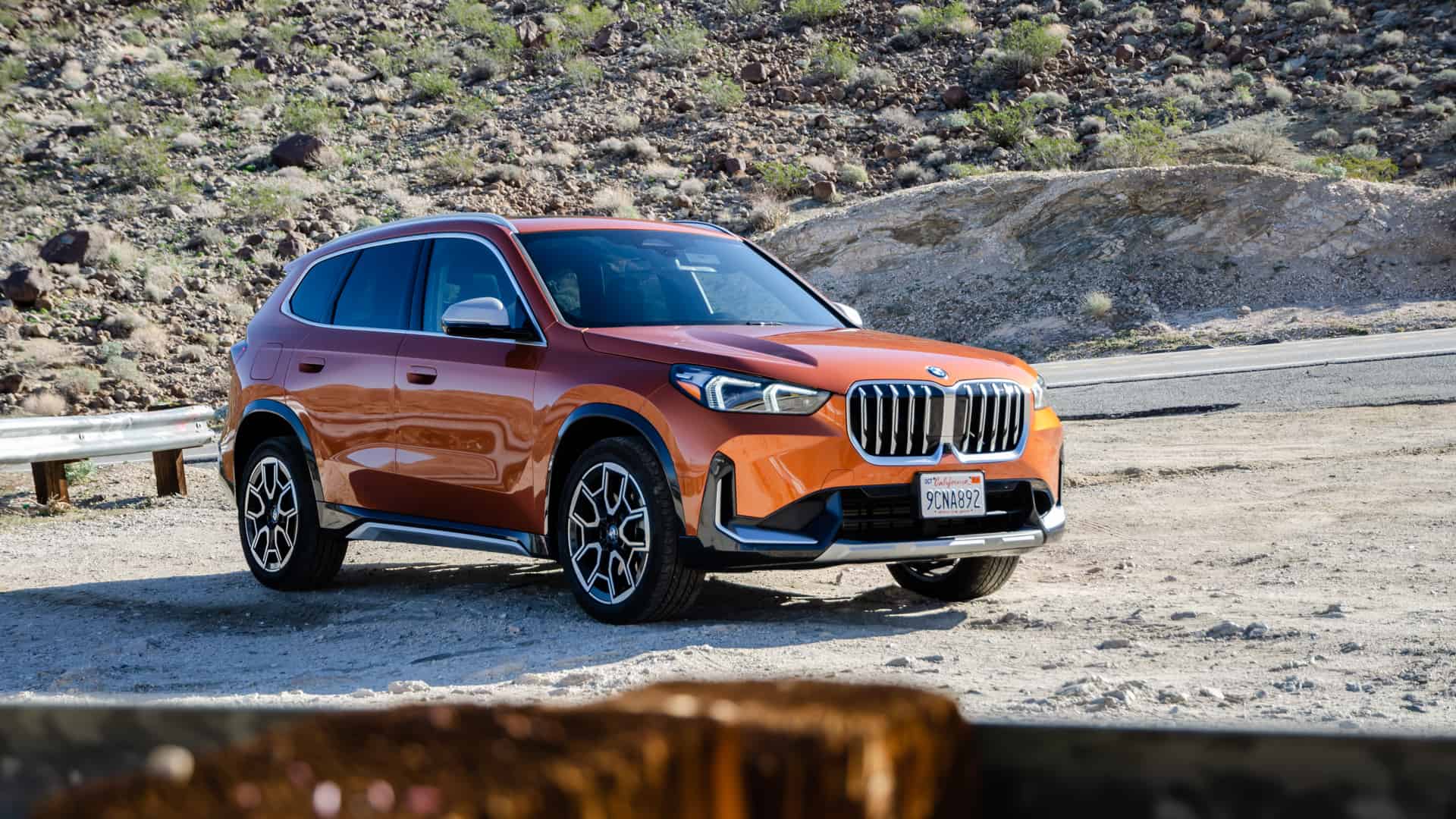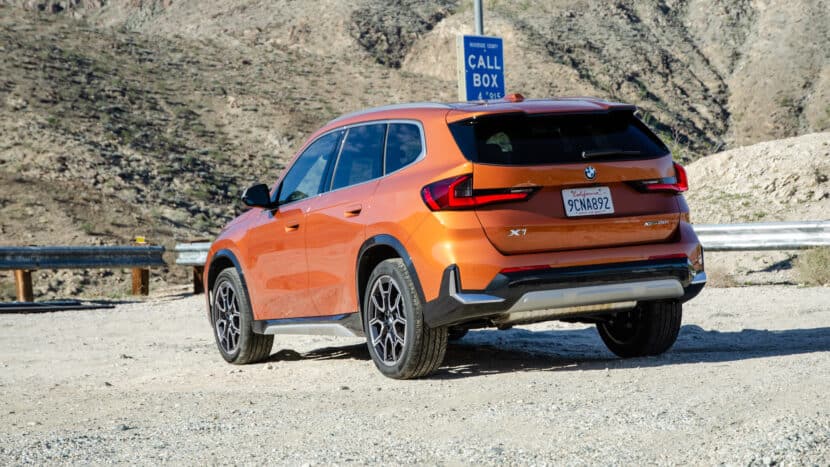After driving and testing the all-new, all-electric BMW iX1, our very own Horatiu switched propulsion and tried the standard BMW X1. In this new video, he goes over the exterior styling, the interior design, its technology, and how it drives. So is the BMW X1 better with a piston engine or electric motors and will it be a hit?
The former is a bit trickier to answer than the latter. Without question, the BMW X1 is going to be a hit. The first-generation X1 was a hit, the second was a mega smash hit, and this third one could be the best-selling generation yet. Customers love the BMW X1 in general for its compact size, spacious cabin, surprisingly fun driving dynamics, premium materials, and relatively affordable price. And since the current premium car market is crossover-crazy, it’s pretty much guaranteed that this new X1 will sell well.
But what about its powertrain? The BMW iX1 is certainly the headline news for this new X1 generation, as it’s the first electric variant. However, there are a few internal combustion options as well (just one in North America) and they’re cheaper than the iX1. So customers on a tighter budget will appreciate the piston-powered version a bit more.
That’s not to say it’s worse, though. The 2.0-liter turbocharged four-cylinder engine (BMW’s “B48”) is a great little motor and one that has more than enough punch to motivate the X1 in a brisk manner. In the most common variant, the X1 xDrive28i, it makes 241 horsepower and can hustle the X1 to 60 mph in 6.2 seconds. That isn’t exactly quick but it’s more than quick enough for a crossover of its size. No one buys an X1 for its performance, after all. To make it a bit sportier, it also gets a seven-speed dual-clutch auto, rather than the typical Aisin eight-speed auto found in most front-wheel drive Bimmers.
So is it better than the BMW iX1 and is it worth buying? Check out the video below.






































































